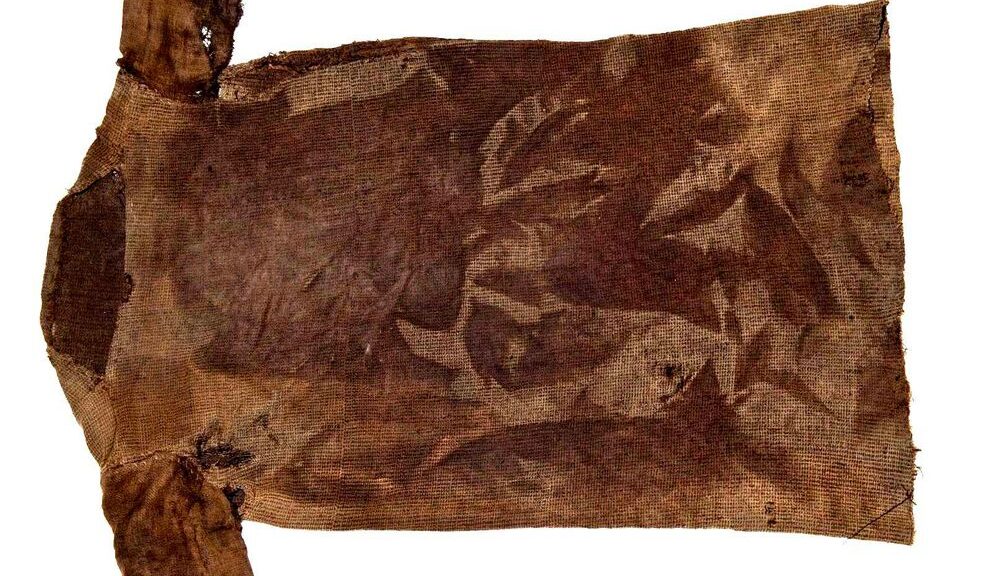Norway’s melting ice is revealing priceless ancient artifacts
“The moment these artifacts melt out of the ice, they’re immediately vulnerable to the elements,” says James H, in an interview with national geographic.
Ancient artifacts preserved in snow and ice over thousands of years in Norway’s mountains are emerging at an unprecedented rate, and archaeologists are scrambling to collect them all before it’s too late, according to national geographic
Because ice patches in the past have contracted and expanded due to temperature shifts, many of the objects recovered have likely one time or another been exposed and then buried by snow and ice.

The bronze arrowheads of 1500 years ago, the Tunic of the Iron Age, and even the remains of a wooden ski complete with leather binding left behind sometime in the year 700. Some of the oldest objects were dropped more than 6,000 years ago.
With low-winter precipitation and warmer summers the alpine ice dramatically reducing the alpine ice that acts as a time capsule for lost treasures.
“The ice is a time machine,” Lars Pilö, an archaeologist who works for the Oppland County council told Archaeology in 2013. “When you’re really lucky, the artifacts are exposed for the first time since they were lost.”

Unlike glaciers, which tend to crush and grind objects as they move down a mountain, the majority of artifacts coming out of Norway are being recovered from ice patches.
These isolated non-moving accumulations of ice and snow are significant to the archeological record because of their extreme stability, with many containing layers of seasonal snowpack dating back thousands of years.
Sections of ice in the Juvfonne snow patch in Jotunheimen, Norway, are an astounding 7,600 years old, according to a 2017 study.

Despite their remote setting and scarce visits from modern-day humans, ice patches for thousands of years were veritable hot spots for ancient hunters.
In the summer, reindeer herds often crowd together on the islands of snow and ice to escape pesky, biting botflies, which have a strong aversion to the cooler temperatures. In the past, hunters would follow, losing or forgetting precious equipment along the way that was later buried and preserved in the winter snows.
Some items, such as the 1,600-year-old knife shown in the video below, look as if they were lost only a few decades ago.

Because ice patches in the past have contracted and expanded due to temperature shifts, many of the objects recovered have likely one time or another been exposed and then reburied by snow and ice. They also have a tendency to be carried by meltwater. As explained on the Secrets of the Ice Facebook page, the 2,600-year-old arrows shown in the image below were washed downslope far from the place they were originally lost.

Some of the most exciting finds are those objects found emerging from the surface of the ice, a sign that they have previously been untouched by melting, according to researchers from the Oppland County Council. These artifacts are generally exceptionally preserved, with organic materials such as leather and fabric still present. It’s also an indication of the severity of anthropogenic global warming, with certain ice patches in Norway estimated to have retreated to levels last seen during the Stone Age.
“It’s very impressive when you can say this melting ice is 5,000 years old, and this is the only moment in the last 7,000 years that the ice has been retreating,” Albert Hafner, an archaeologist at the University of Bernsays Hafner, told Archaeology. “Ice is the most emotional way to show climate change.”

Unfortunately for archaeologists, the rate of ice loss coupled with the extremely small annual windows of opportunity to scour the alpine patches, means some newly exposed items will break down and disappear before anyone has a chance to study them.
“This material is like the library of Alexandria. It is incredibly valuable and it’s on fire now,” George Hambrecht, an anthropologist at the University of Maryland, College Park, told New Scientist.
Right now you might be thinking, “I want to help find and preserve these incredible artifacts!,” and we agree, it sounds like quite the adventure to take a romp into the Norwegian wilderness and possibly stumble upon a well-preserved Viking Sword (see below). The reality, however, is that field work can sometimes be laborious and uncomfortable, with every day at the mercy of Mother Nature’s fickle moods.
That said, the Oppland County Council did accept volunteers last spring and it’s possible, especially with so many finds emerging from the ice each year, that others may be called upon to assist.
“We may not find much (or we could strike the jackpot, who knows),” Lars Pilø wrote last April in the Secrets blog. “It all depends on the melting conditions, and they develop over the summer and during fieldwork. If we are unlucky, the scenery and the team spirit make up for the lack of finds.”

